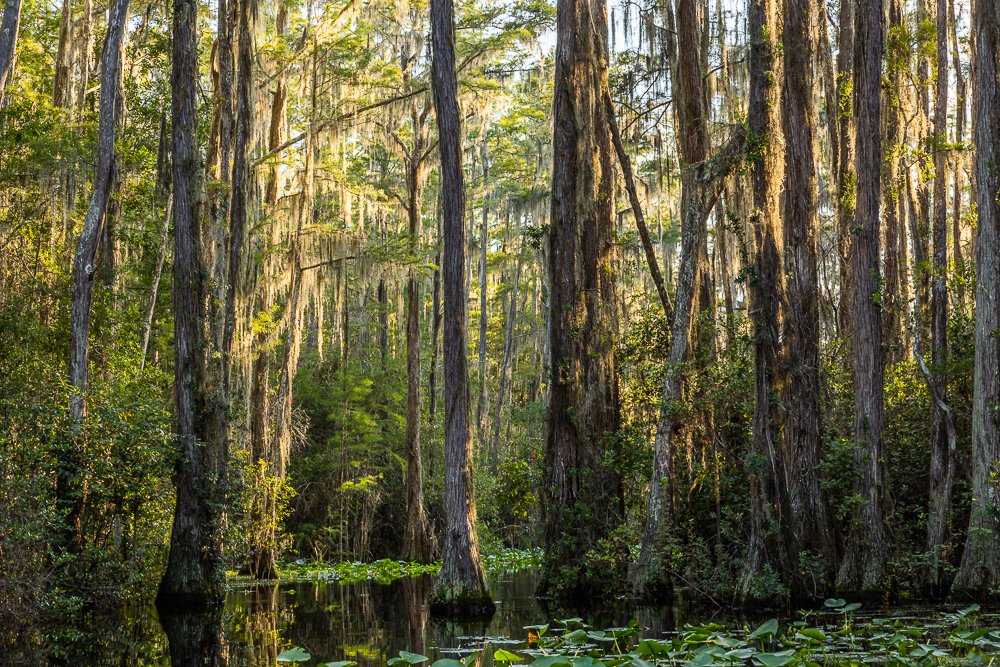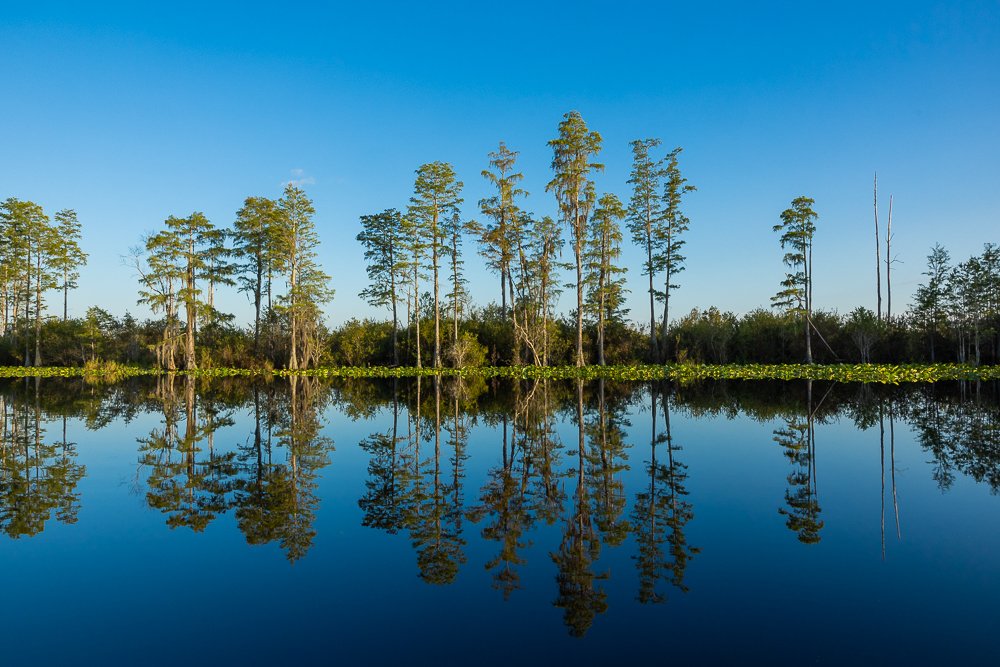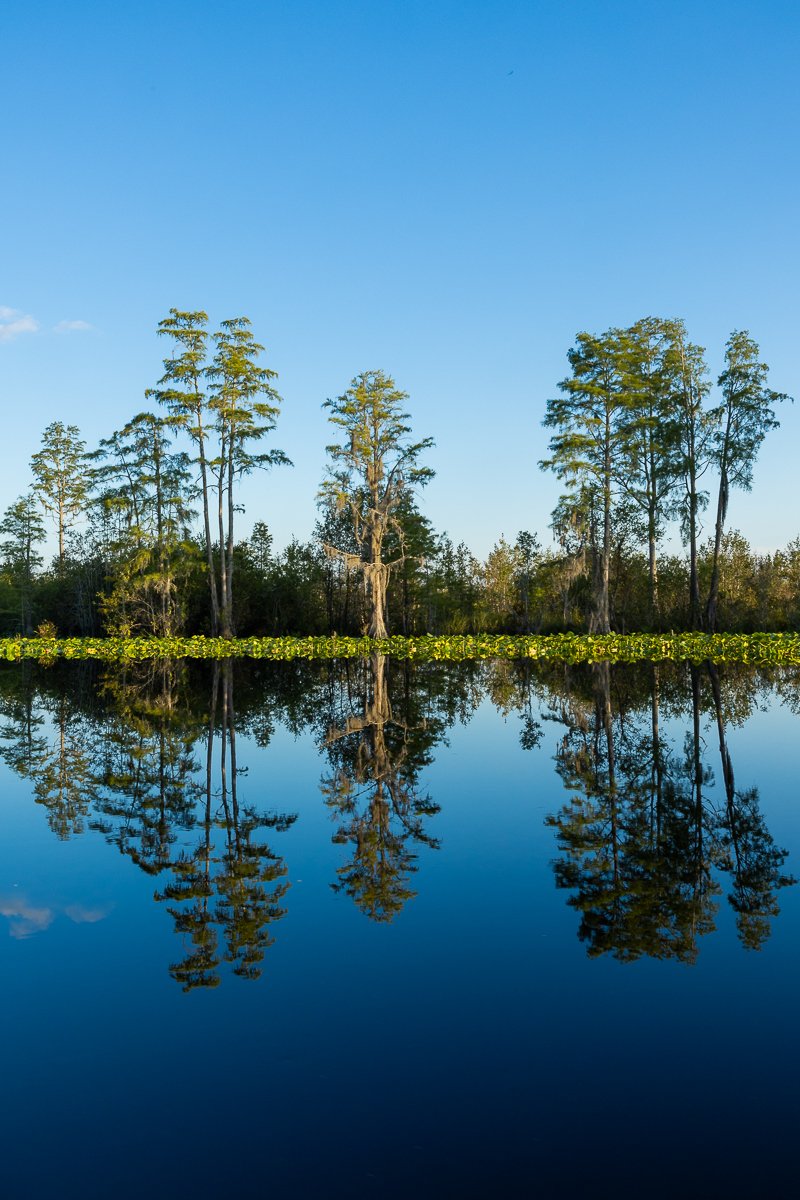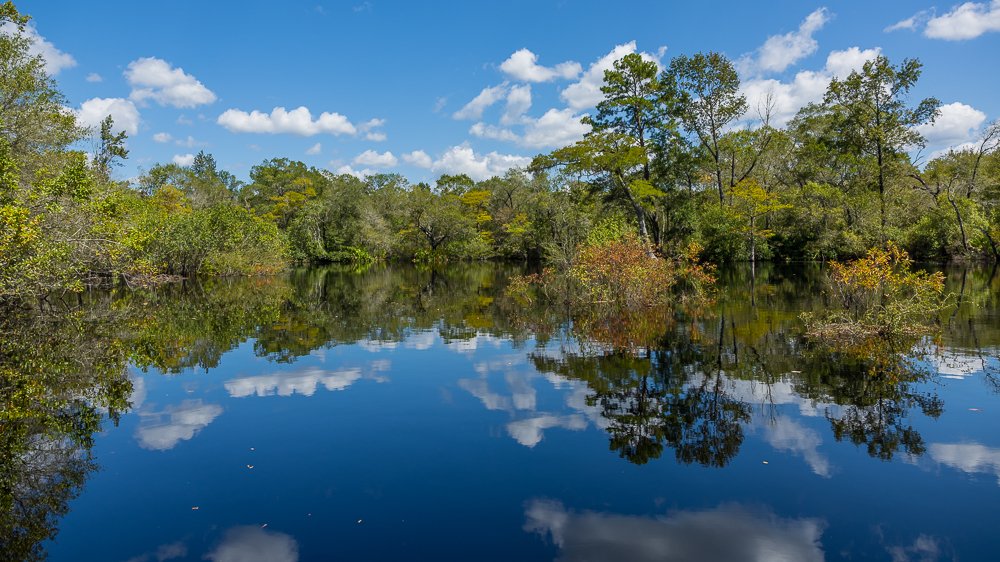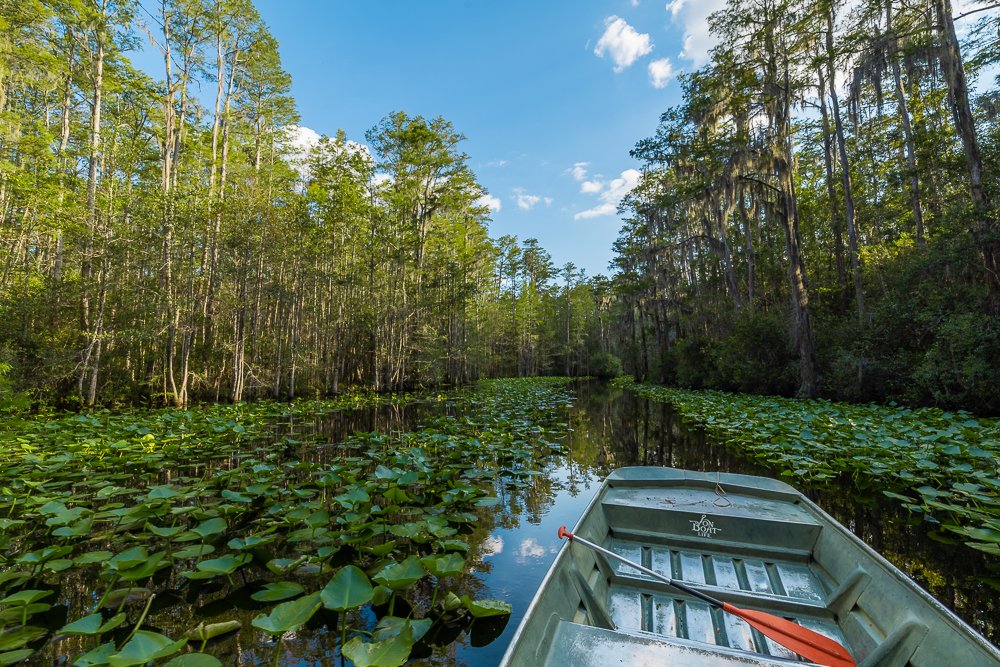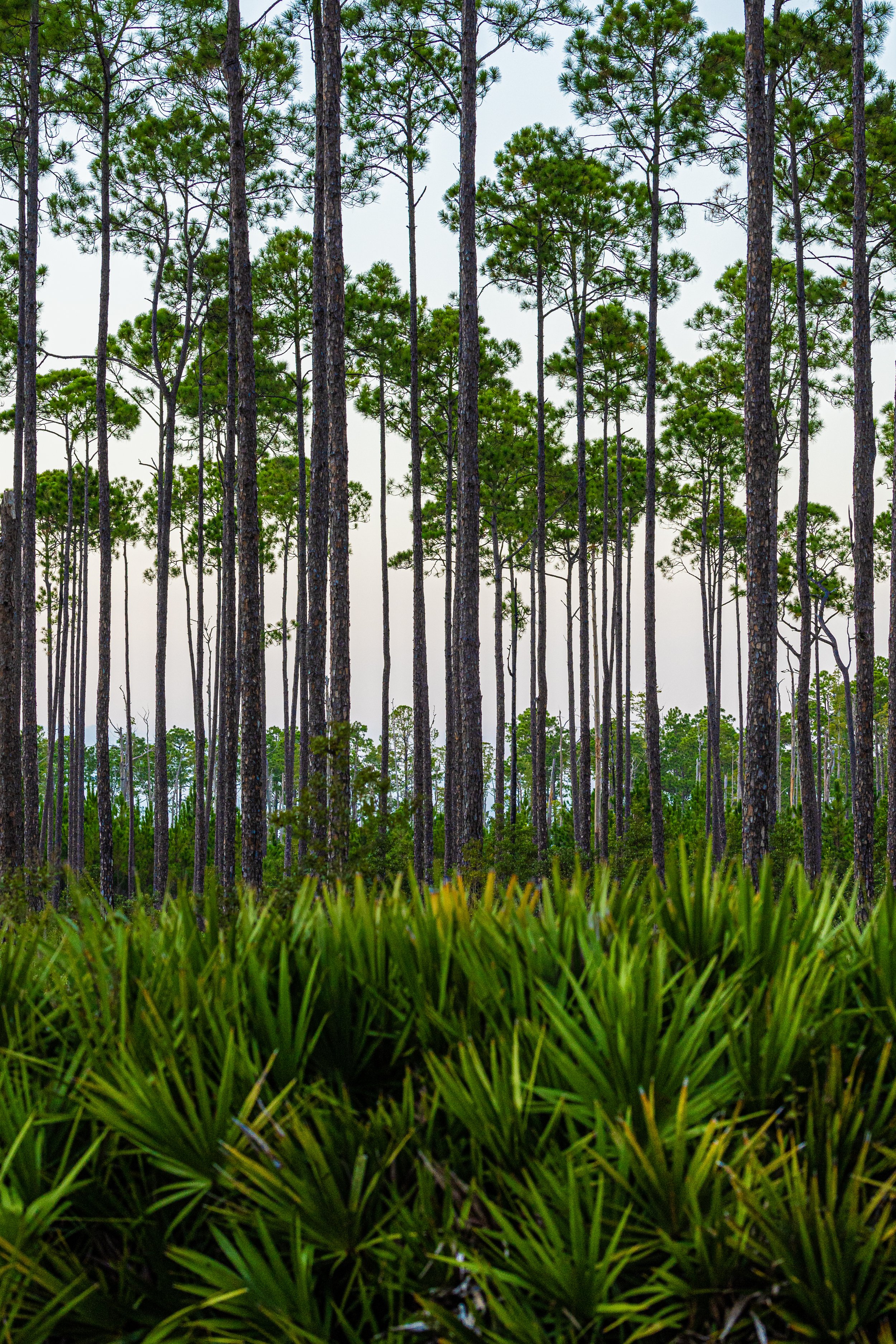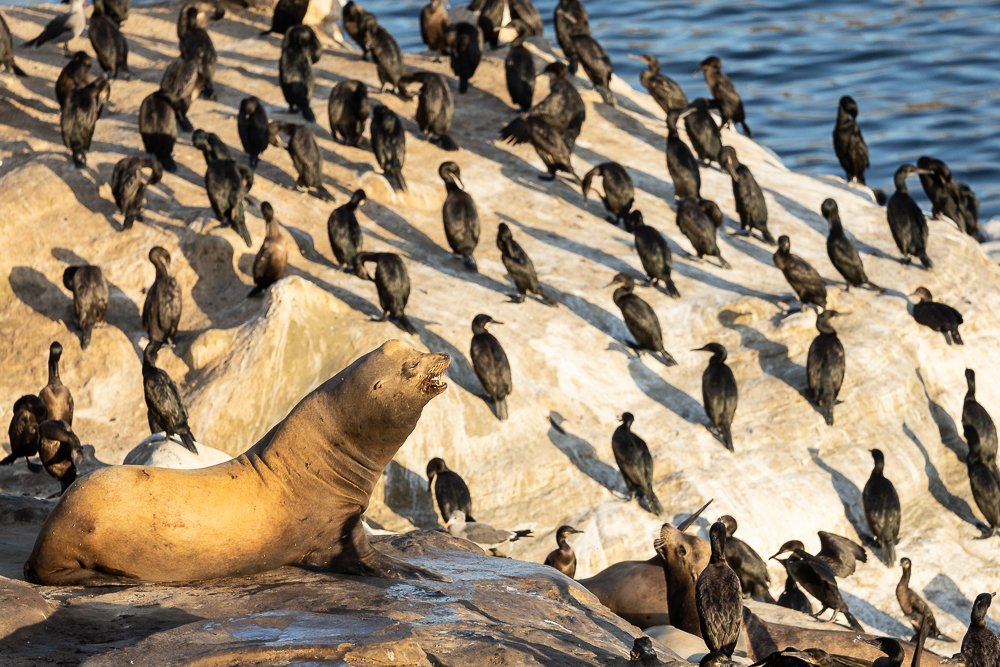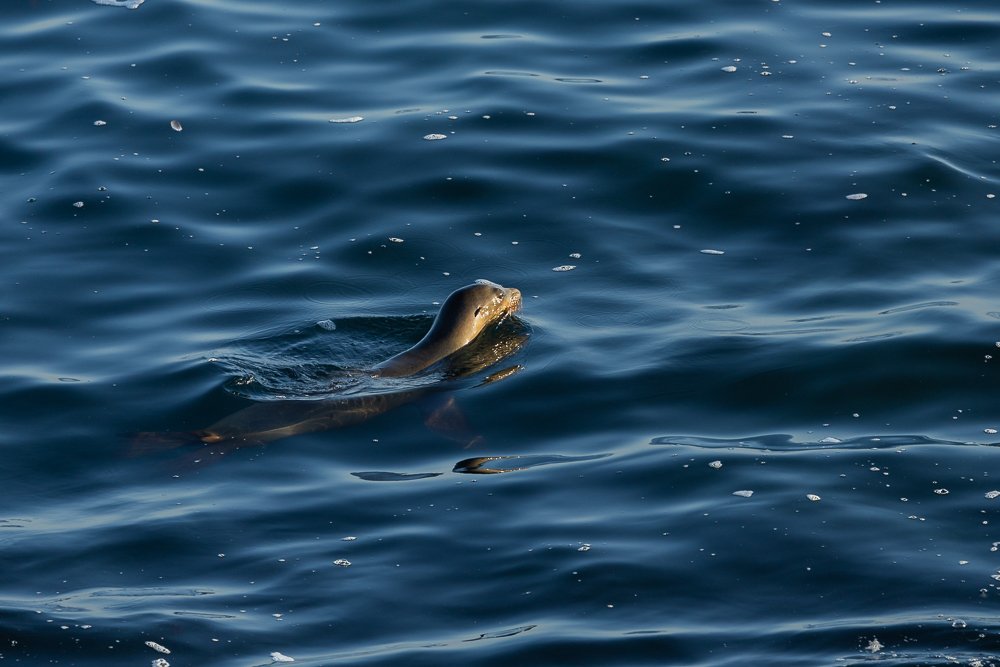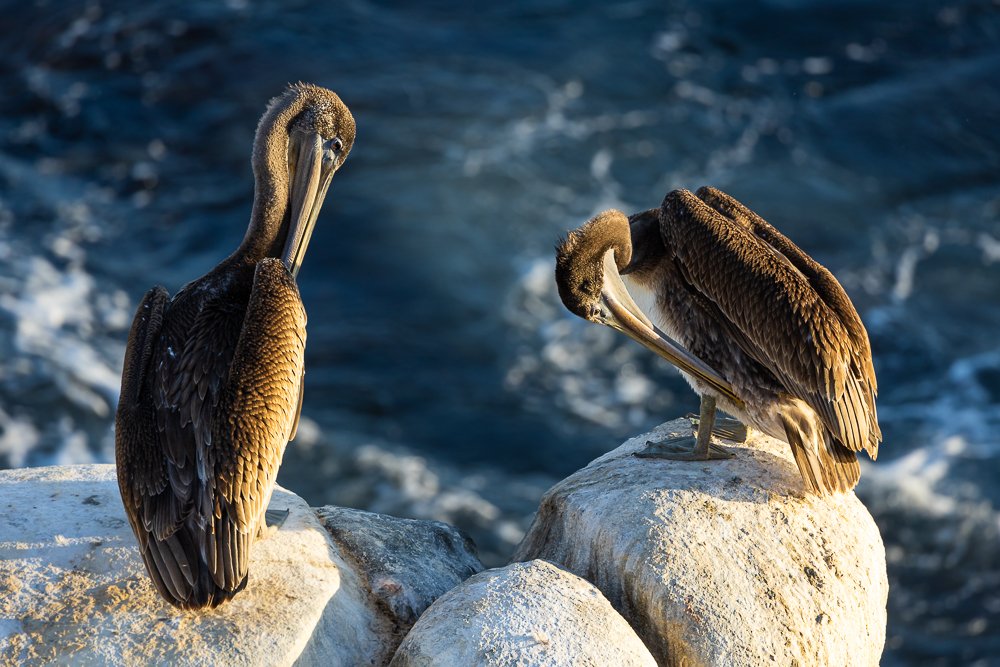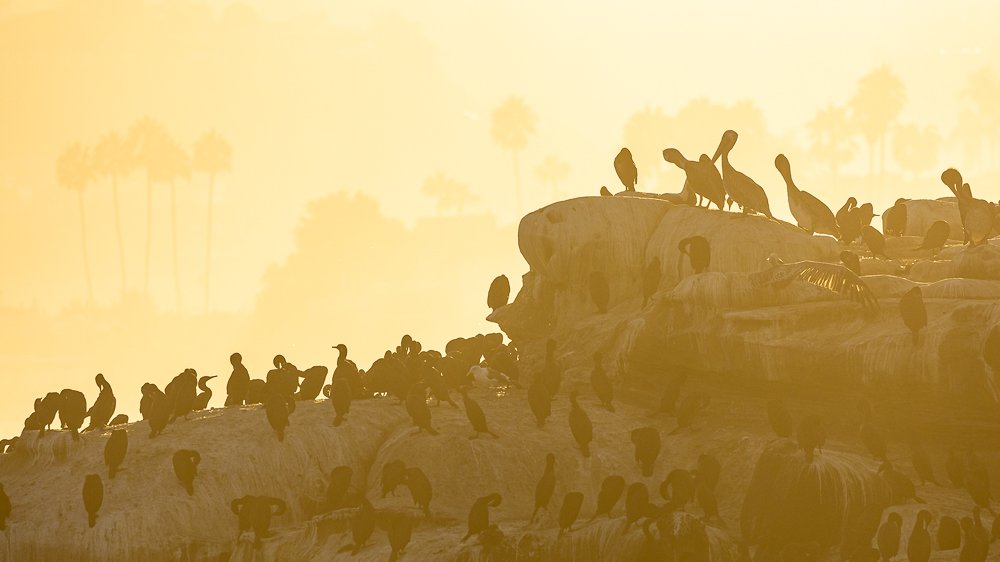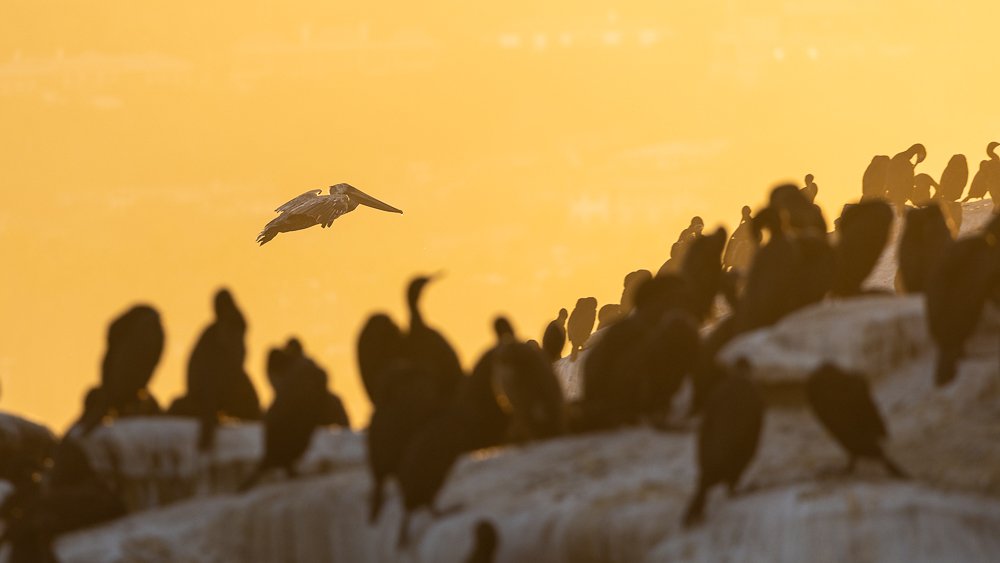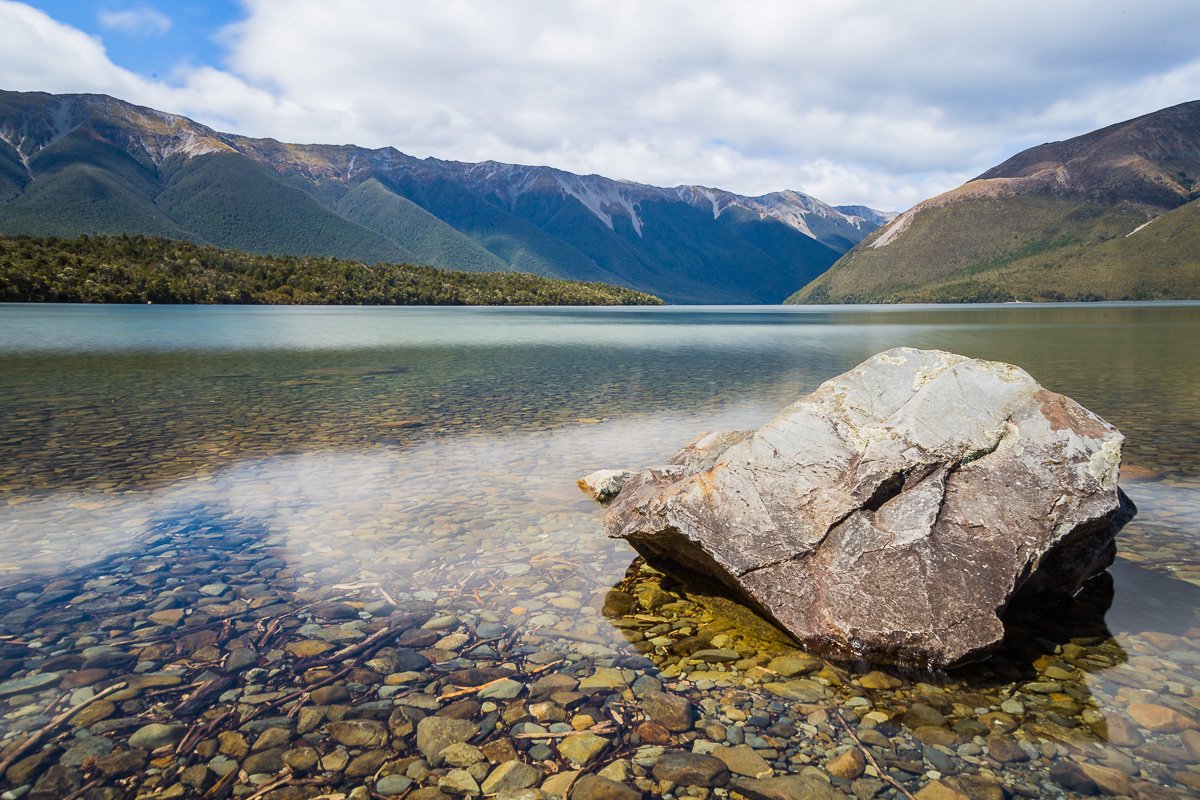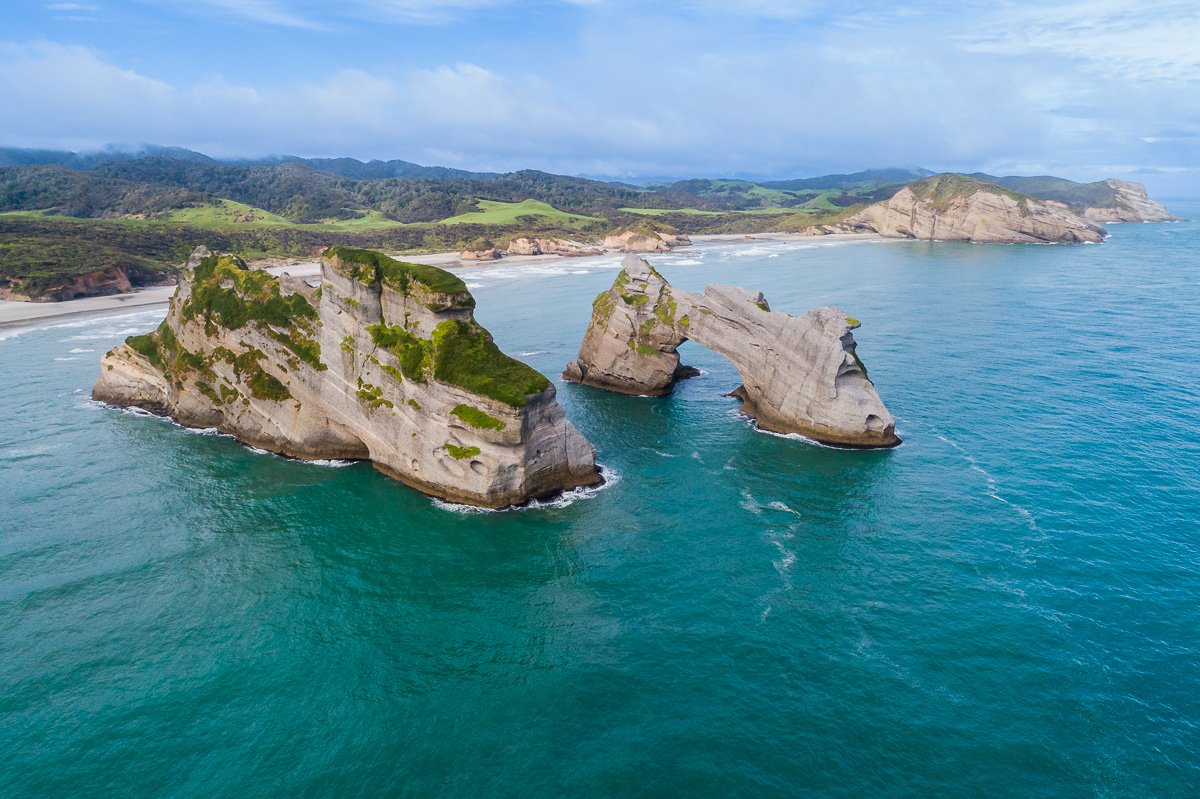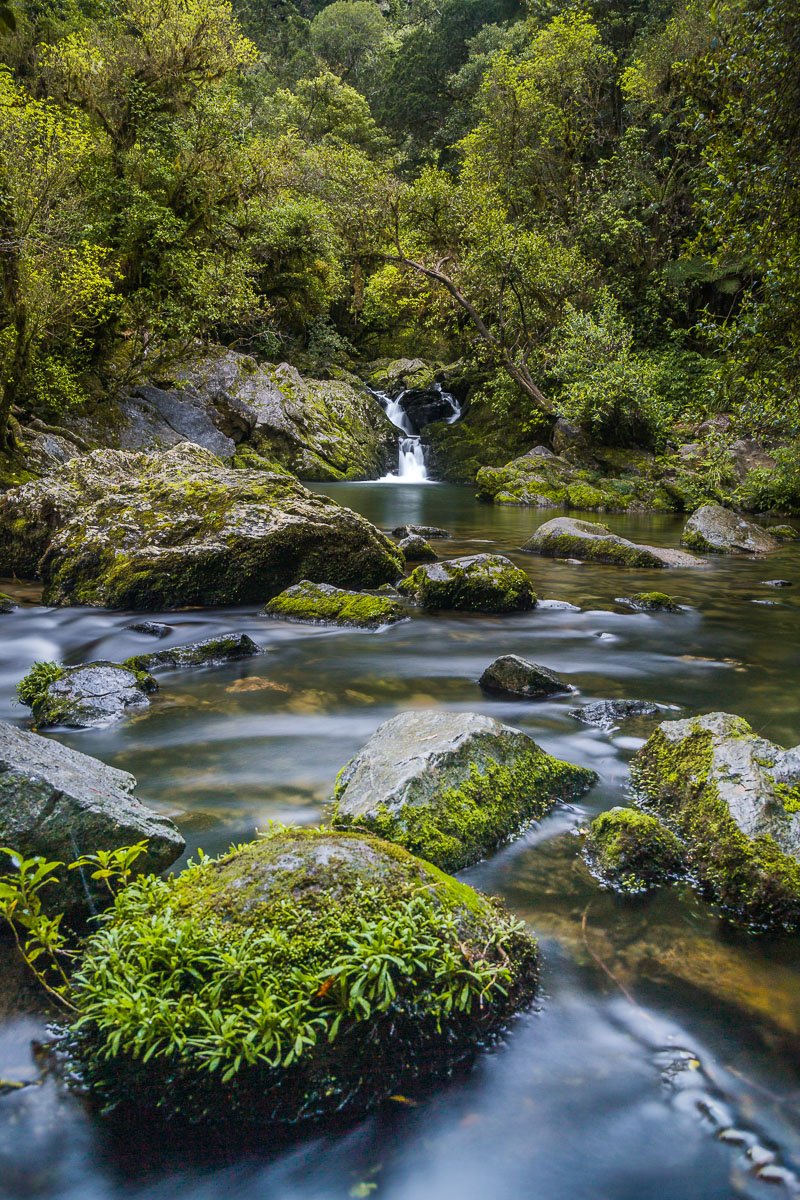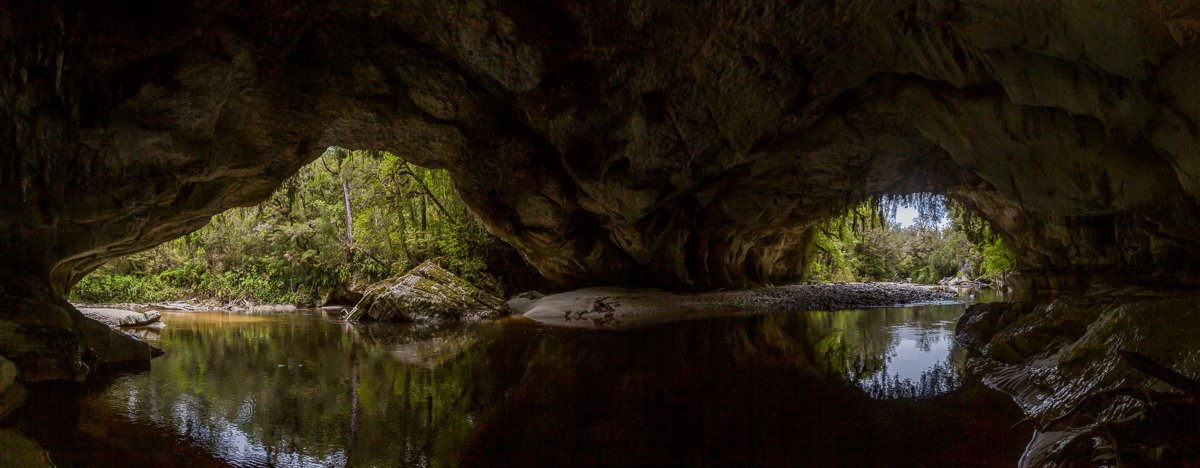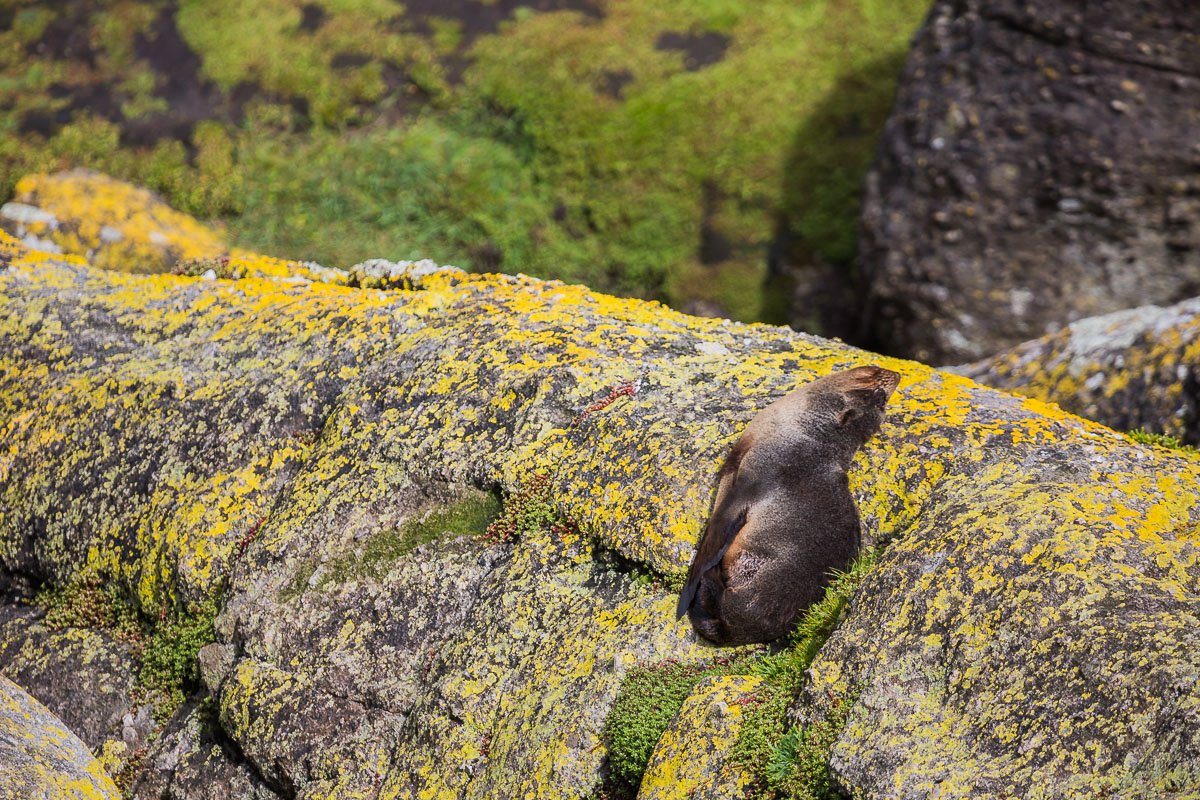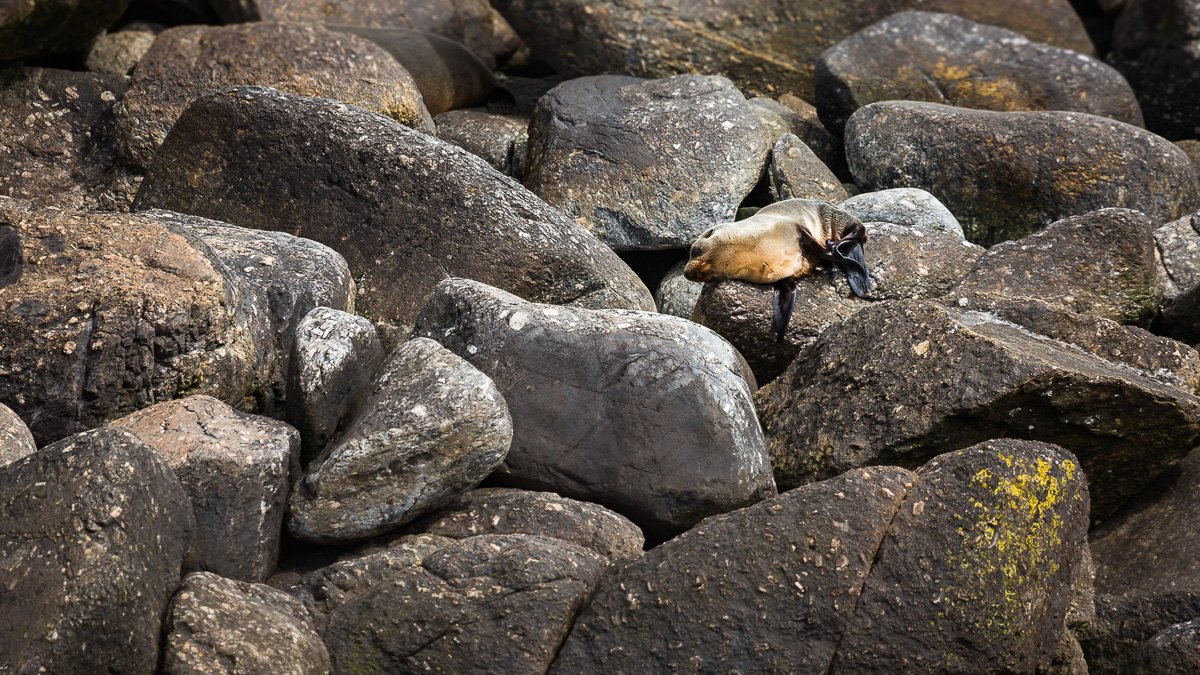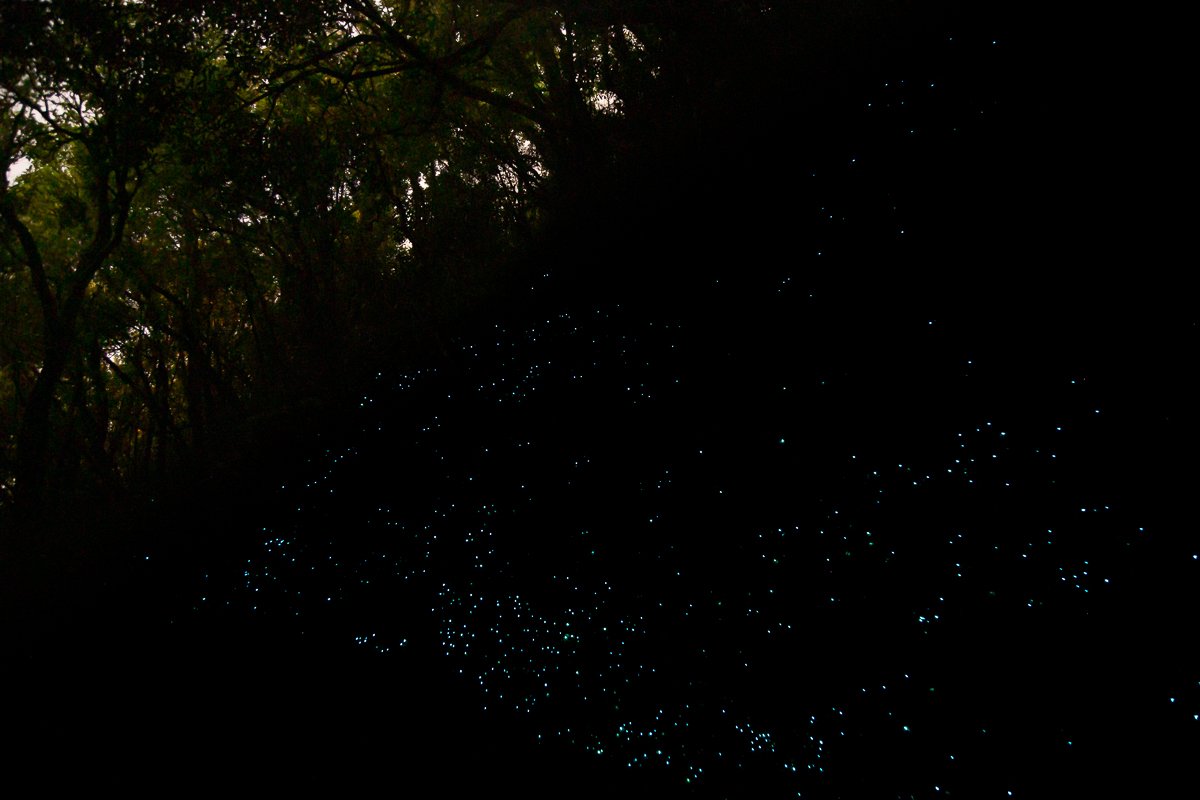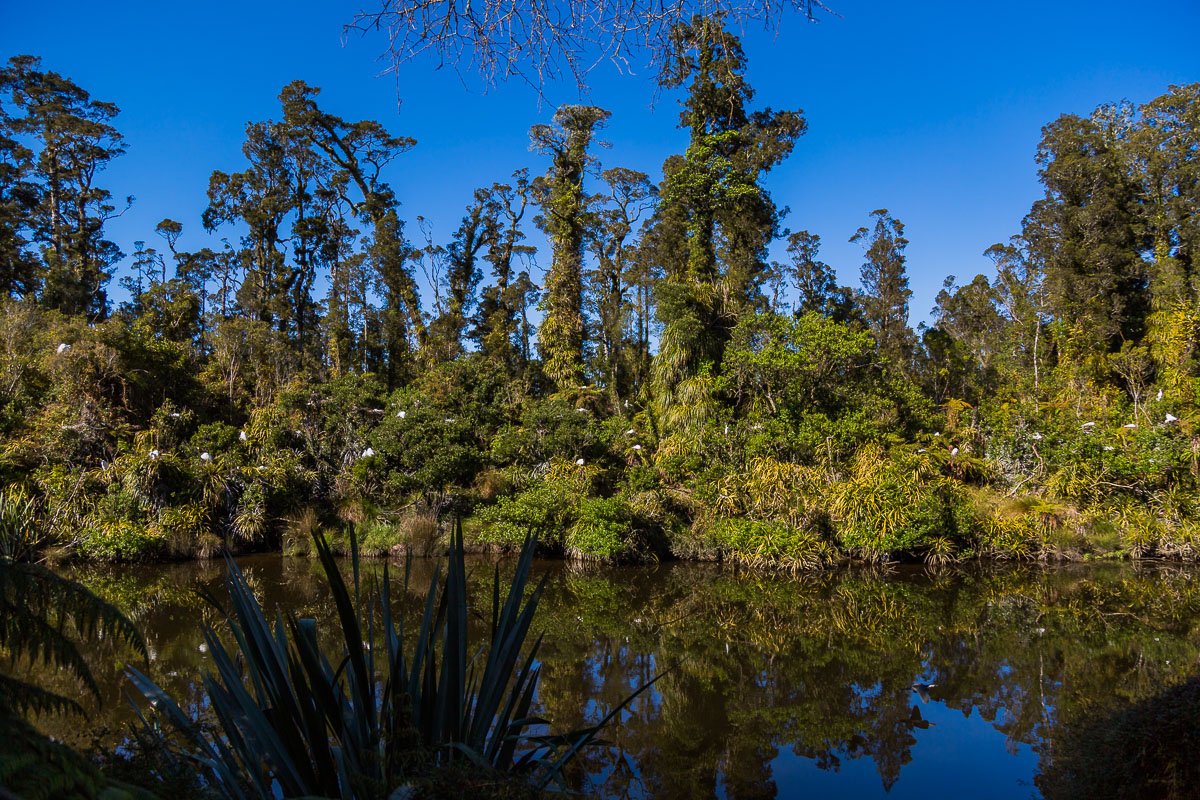We arrived in Valdosta, a small city in south Georgia, with absolutely no expectations of what we would find there. On a spare evening, we opened up Google Maps and searched for “things to see” in the area. Apparently there was a somewhat interesting swamp visible from a boardwalk, so we packed up our camera gear and went to see the sunset. Little did we know what we were about to encounter!
The Banks Lake National Wildlife Refuge is truly a hidden gem and was an absolute surprise. We loved it so much that we just kept coming back for more! So be prepared for a few more blog posts featuring this amazing place.














